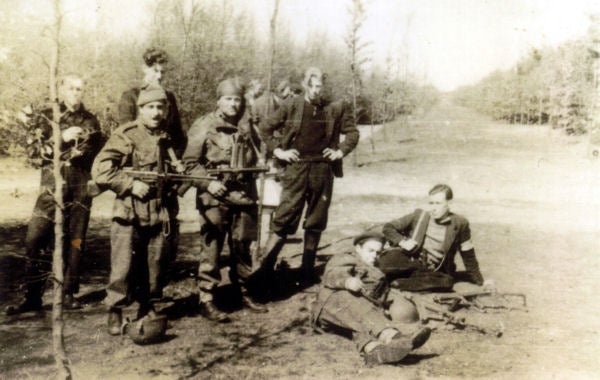The Sterling L2A3 was the iconic Cold War submachine gun of the British Army. Inexpensive to make, compact and rugged, it was a design that incorporated the experience from the Sten submachine gun, a weapon which though inexpensive really left a lot to be desired. In a recent video, Ian from Forgotten Weapons and working in concert with Armament Research Services (ARES), produced a video overview of some of the British developments in submachine guns (which they called “machine carbines”) just before, during, and after World War II. These designs helped pave the way for the Sterling, which saw service all the way through the Gulf War until its retirement in 1994.
In the video, Ian looks at a lineup of ten submachine guns, including three prototypes which never saw service. Those were the Lanchester, Sten Mk. I, Sten Mk. II, Sten Mk. III, Sten Mk. V, Vesely V-42, MCEM-2, BSA SMG, Patchett, and Sterling L2A3. Of those, the Vesely, MCEM-2, and BSA were prototypes only. The Patchett, though it was really a developmental model and not a production arm, did see some service in World War II, with at least one picture of the gun in use during Operation Market Garden being known.

Patchett SMGs in use during Operation Market Garden. The soldier fourth from the left is holding one, and another can be seen lying on the ground at far right. Image source unknown.
We covered the Vesely V-42 briefly a little over a year ago as part of the “Weird Magazines” series, for which it certainly qualifies. The front-back “double” magazine arrangement of the Vesely allowed for a huge magazine capacity of 60 rounds; quite a lot of firepower on tap!
 Your Privacy Choices
Your Privacy Choices
